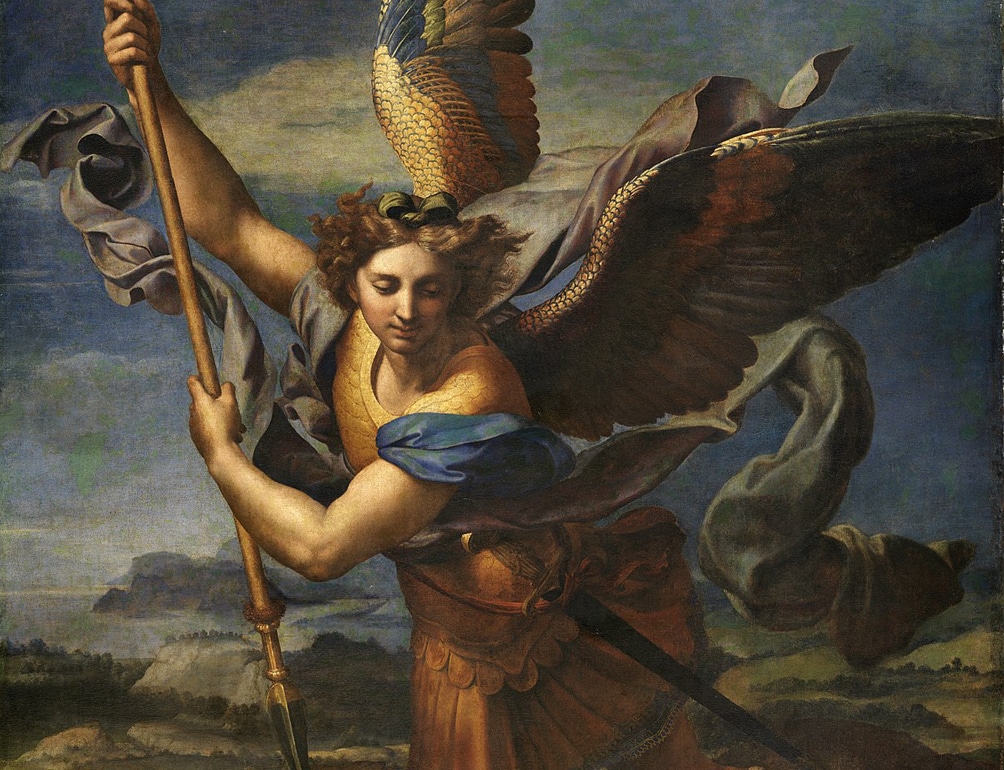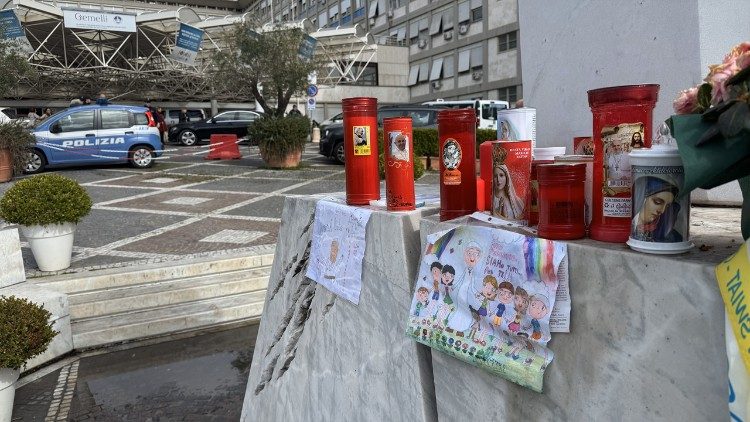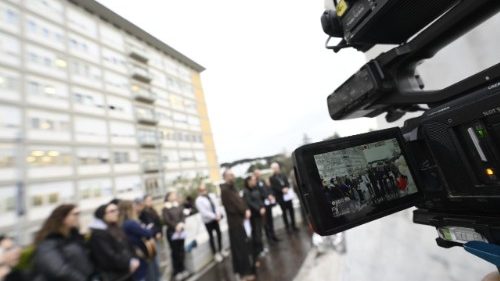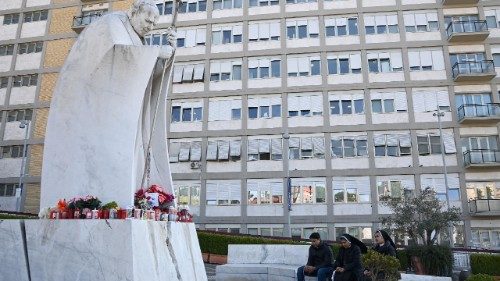St. Michael, Archangel, September 29
The sword of the Word of God against evil

And then when we were a little further away,
I heard a cry: “Mary, pray for us.
I heard a cry of ‘Michael’ and ‘Peter’ and ‘all the saints’.”
(Purgatorio XIII, 49-51).
These are some verses from Canto XIII of Dante’s Purgatory. The Poet wanders deeply moved among the souls of the envious, while the atmosphere of the circle in which the scene takes place is pierced by mysterious voices that recall examples of charity. Even from the tormented shadows, piled against the rock suffering with their eyelids sewn shut, the litanies rise. They implore the intercession of the Virgin and immediately after her, and before Peter and all the Saints, they invoke the name of “Michael.” When Dante quoted the Archangel in verse 51, in the previous canto the author of the Divine Comedy had just seen the other angel, defined as “noble, created above all other creatures,” fall “from heaven like lightning.”
The sword of the Word of God against evil
Michael and Lucifer. In the Divine Comedy, too, there is space to describe the mortal duel between the one whom the Bible calls “supreme commander of the heavenly army” and the chief of the rebellious angels, who decided to do without God and were removed from his presence forever. According to tradition, the Archangel Michael is the Prince who fights against evil, from whose assaults he perpetually defends the faith and the Church. (Cf. Revelation 12:7-8). Even Dante, in 1200, shows how the power of intercession attributed to this spiritual entity, much venerated both in the East and in the West, is recognized.
“Who is like God?”
In the world there are not only cathedrals, sanctuaries, monasteries, chapels – but also many mountains, caves, hills – dedicated to the Archangel Michael, whose name, mentioned five times in the Holy Scripture, derives from the expression “Mi-ka-El”, that is, “who is like God?” (Cf Daniel 10,13). Due to its secular popularity after having conquered the plague in the City of Rome, the statue of the warrior Angel sheathing his sword on the Castel Sant’Angelo, has also been the focus of numerous other stories and anecdotes. One of them dates from October 13, 1884.
The supplication of Leo XIII
On October 13, 1884, having finished celebrating Mass in the Vatican chapel, Leo XIII stopped for about ten minutes. His face, according to witnesses, revealed both terror and astonishment. Pope Pecci then hurriedly retreated to his study, sat down at his table and wrote a prayer to the Archangel Michael. Half an hour later he called the secretary and gave him the paper with the order to print it and send it to all the bishops of the world to recite the prayer at the end of Mass. Leo XIII will say that in those few minutes he had a chilling vision of “legions of demons” attacking the Church almost to the point of destroying it, and that he witnessed the defensive and decisive intervention of the Archangel Michael. “Then – he said – I saw the Archangel St. Michael intervene not at that moment, but much later, when the people had multiplied their fervent prayers to the Archangel.” The prayer fell into disuse over time, but was recalled by St. John Paul II during the “Regina Caeli” prayer on April 24, 1994: “I invite everyone not to forget it – said Pope Wojtyla – but to recite it to obtain help in the battle against the forces of darkness and against the spirit of this world.”
Related

Pope Francis spent a peaceful night
Exaudi Staff
02 March, 2025
1 min

Pope Francis has had a peaceful night
Exaudi Staff
25 February, 2025
1 min

What should the boyfriend or girlfriend I should find be like?
Patricia Jiménez Ramírez
24 February, 2025
4 min

The Pope spent a quiet night at Gemelli
Exaudi Staff
23 February, 2025
1 min
 (EN)
(EN)
 (ES)
(ES)
 (IT)
(IT)

